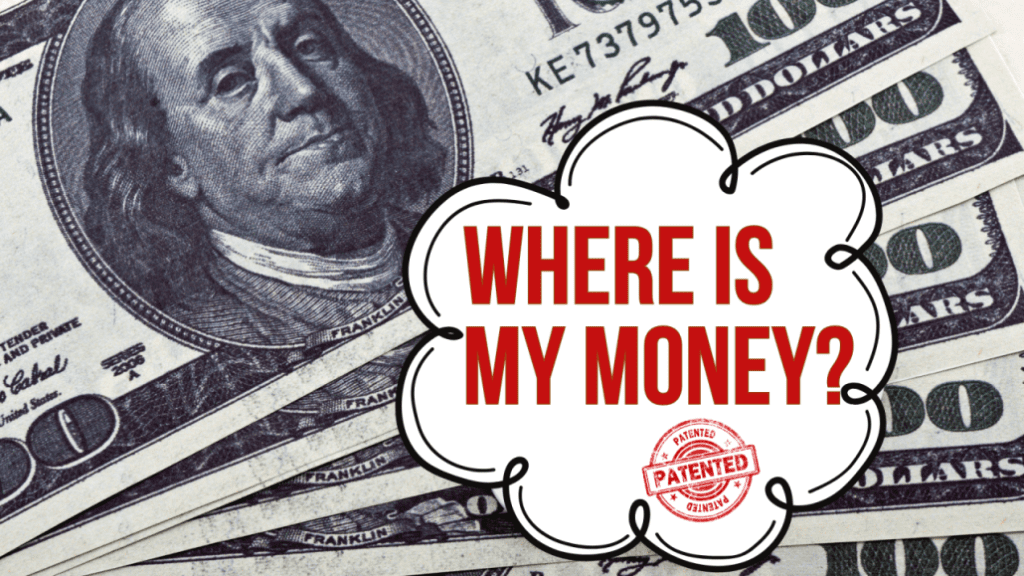One of the biggest concerns innovators face when working on a patent project is budgeting. The costs can seem overwhelming, leading many inventors to delay or even abandon the process.
While securing a patent is an investment, it doesn’t have to be an unaffordable one. With the right strategy, you can effectively manage costs and ensure maximum protection for your invention.

Feeling Overwhelmed? You’re Not Alone.
In my experience, 80% of first-time innovatorsfeel overwhelmed by the patent process—both in terms of cost and time.
The biggest misconception? That patents require a large, one-time upfront payment. This belief often creates unnecessary stress.
However, patenting is a step-by-step journey, and each phase comes with its own costs. The key is to understand these stages and plan accordingly. Even better, your strategy can be adjusted along the way to align with your budget and business goals.
Focus on These Three Areas for a Cost-Effective Patent Process
To keep the patent process cost-effective while ensuring strong protection, follow these three key strategies:
1. Invest in a Patentability Search
Before spending money on filing fees and legal costs, determine whether your invention is truly patentable. A patentability search analyzes existing patents and prior art to assess whether your idea is novel and non-obvious.
Why this is important:
- Reduces the risk of rejection, saving money on refiling and office actions.
- Helps refine your invention and claims for a strongerapplication.
- Allows you to identify potential competitors and market opportunities.
A thorough patentability search might cost a bit, but it can save thousands of dollars in the long run.
2. Draft a Strong Patent Application
Once you confirm patentability, the next step is to draft a well-structured application. A strong patent should clearly define your invention, provide well-written claims, and anticipate potential objections from patent offices.
How a strong application saves money:
- Minimizes office actions and legal disputes, reducing future costs.
- Speeds up the examination process, allowing faster commercialization.
- Increases the likelihood of a successful patent grant.
A strong patent application is paramount to the innovation lifecycle, cutting corners here can lead to costly mistakes.
3. Leverage Patent Timelines and Market Strategy
One of the best ways to optimize your patent budget is to use the available timelines strategically. Patent applications don’t need to be filed in every country at once. Instead, align your filings with market research and business priorities.
Smart ways to manage filing costs:
- Start with a provisional patentto delay full costs while securing priority.
- Use the Patent Cooperation Treaty (PCT) to extend the timeline for international filings.
- File in select countries where commercialization is planned, rather than anywhere where there is no market opportunities.
By timing your filings strategically, you can spread costs over several years, making the process more manageable.
Key Takeaways
Understand that patenting is a multi-step process with separate costs at each stage. The best strategy is to Spend Smart, Not More!
A strong patent doesn’t have to break the bank—it requires smart budgeting and strategic planning. If you manage costs effectively, you can secure the protection you need without financial strain.
Are you planning a patent? Let’s discuss how to optimize your IP strategy!
Thank you for reading our blog! We’d love to hear from you! 
- Are you Interested in IP facts?
- Would you like to know more about how IP affects everyday lives?
- Have any questions or topics you’d like us to cover?
Send us your thoughts at info@thepalaw.com. We’d love to hear your thoughts!